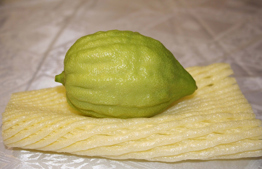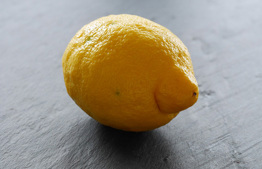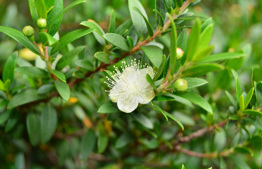Sukkot: The Etrog's Pitom
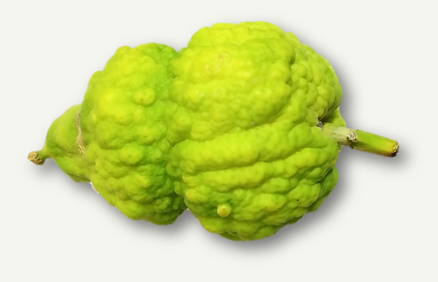
Many G-d fearing Jews are willing to pay for a beautiful, mehudar etrog. The greatest hidur has to do with the pitom, yet many are not aware of what to look out for. This article sheds light on the laws relating the pitom.
The mitzvah of taking the arba minim on Sukkot serves as the paradigm of hidur mitzvah. Since the Torah refers to the etrog (without specifying its name) as "On the first day you shall take the fruit of majestic trees" (peri eitz hadar) (Vayikra 23:40), the verse forms the basis for the rule "This is my G-d and I will exalt Him (Shemot 15:2)—beautify yourself before Him with mitzvot" (Shabbat 133b). It is from there that the custom spread of making the effort to purchase especially beautiful arba minim, with multiple hidurim.
The apex of hidur is the etrog. Many G-d fearing Jews are willing to pay dearly for an especially beautiful, mehudar etrog. The most significant hidur has to do with the etrog's upper segment (chotam) to the pitom at it tip.
Since often people are not aware of the issues involved in the pitom, I will attempt, with G-d's help, to shed light on the topic in brief.
A. Halachic definition of the pitom
- According to Rashi and the Rosh, the pitom is the "head" (rosh) of the etrog.
- Rabbeinu Yitzchak maintains that the pitom is the oketz (penduncle, or stem at the bottom); in his opinion, the etrog is not invalidated if the pitom breaks off, since it is not part of the etrog.
- Rif and Rambam identify the pitom as the dad at the top of the etrog.
- The Ran defines the pitom as the shoshanta on top of the dad.
See Section C below for botanical definitions of both dad and shoshanta.
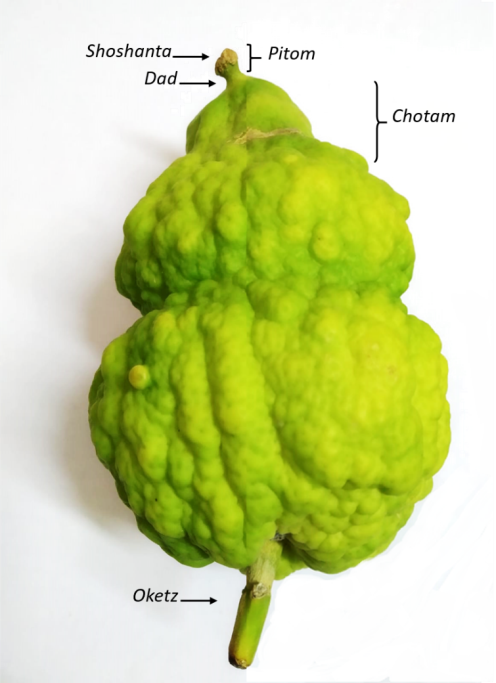
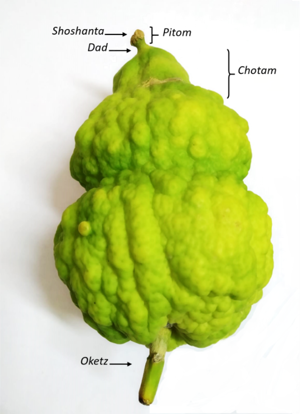
Etrog anatomy. Photo by Rabbi Moshe Bloom
The Mishna (Sukkah 3,6) states that if the pitom falls off, it is disqualified. The Shulchan Aruch (§648:7 and Rema) rule that the pitom is the "small head with its shoshanta on it … the tree with the top of its nipple-like [protrusion] on it." The Shulchan Aruch follow's the Rambam's opinion.
B. What is the status of an etrog that grows without a pitom?
The Rema (§648:7): "What does this refer to (that the etrog becomes disqualified when its pitom is removed)? That it had a pitom and it was removed; but if it never had a pitom, it is kosher. And such are the majority of the etrogim imported to these countries." The reason for this being that since this is way the etrogim naturally develop, the fact that it lacks a pitom does not deem it incomplete.
C. The pitom through the lens of botany
Once we become acquainted with the botanical process of the fruit's growth and the pitom's formation, we can truly understand the subject.
The etrog tree has many blossoms. At the center of the blossom is the style, at the edge of which is the stigma (whose job it is to gather the pollen in order to form the etrog seeds). When the etrog begins to develop, the top segment of the style develops into what the poskim term the dad, while the stigma, above it, develops into the shoshanta. Afterwards, the bottom part of the style thickens and gradually develops into the etrog fruit. These processes are directed and regulated by various growth hormones that are formed in the plant, which also cause the blossom's white petals to fall off, as well as the other developmental stages from the blossoming stage until it turns into a fruit.
Among the hormones active in these processes, are agents responsible for the pitom remaining connected to the body of the etrog. When these hormones reach a certain concentration, the pitom remain attached. If at a different level, however, the pitom falls off of the etrog. After the pitom falls, a special scab tissue forms over the place the pitom fell off (generally brown), which closes the "open wound" left when the pitom fell off.
It is common to find on the same branch etrogim growing with and without a pitom; it has nothing to do with whether or not the etrog is grafted, as some have attempted to claim in the past.
Today, through artificial chemical treatment, it is possible to ensure that the pitom will remain intact and not fall off the etrog while on the tree (this agent serve as a growth hormone).
D. How can we distinguish between an etrog whose pitom broke off and is thus invalid, and an etrog that grew naturally without a pitom?
First, note that all etrogim possess a pitom at their early stages of development; the question is only whether or not the pitom fell off while the etrog was still attached to the tree. When the pitom falls off when the etrog is on the tree, the (light brown) scab tissue forms, which covers up the area from which the pitom fell. However, if the pitom broke off after the fruit was already detached from the tree, this scab does not form. At first the area will be brown, and eventually it turns black. This distinguishing feature makes a pitom break clearly identifiable.
E. Practical tips for etrog care
- Color: If one purchased a green etrog, but wants it to become yellow, place in a plastic bag with an apple for several days (but first ascertain that the bag is not moist). The gasses emitted by the apple expedites the etrog's ripening process, and turns it yellow.
- Storage and care: One should keep the etrog in a closed container (even when purchased way in advance of the holiday). The etrog should not be wrapped in a damp cloth and should be kept away from moisture. This is in order to preserve its beauty for the entire duration of Sukkot.
F. The uketz and performing the mitzvah
First, note that the oketz is the stem—the part of the etrog that connected it to the tree. When shaking the etrog along with the rest of the arba minim, the etrog is supposed to be held in the direction "of its growth" (Shulchan Aruch OC §651:2). That is, we hold the etrog with the oketz face-down (which is counter-intuitive), since in the beginning of its growth, the oketz is below and the pitom is above. However, when the fruit forms, the fruit's weight pushes the oketz upwards (Mishnah Berurah, ibid., 17).
In order for the mitzvah to be performed directly after the blessing is made (over la'asiyatan), the prevalent custom is to pick up the arba minim with the etrog face- down (the pitom face-down and oketz face-up). The blessing is said, and the etrog is turned over (so the pitom faces up), and then the arba minim are shaken (Shulchan Aruch, OC §651:5). Note that if unsure which part of the etrog should face up, it is best to place the etrog on the table when making the blessing, and then pick it up with the pitom face-up, and then shake the arba minim (Shulchan Aruch, ibid., first opinion cited).
I would like to thank Mr. Yaakov Tzepelewitz (Kfar Maimon) for his advice and assistance in understanding the topic.

